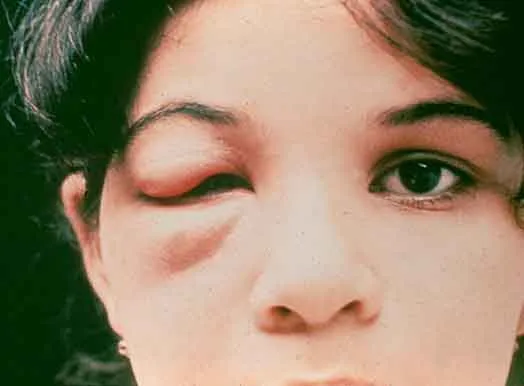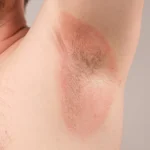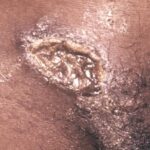What is Chagas Disease?
Chagas disease, also known as American trypanosomiasis, is a tropical parasitic illness caused by the protozoan parasite Trypanosoma cruzi. This disease primarily affects people in Latin America but has spread to other regions due to migration and travel. It is a vector-borne disease, predominantly transmitted by the triatomine bug, commonly referred to as the “kissing bug.”

Transmission and Life Cycle of Trypanosoma cruzi
How is Chagas Disease Transmitted?
Chagas disease is transmitted to humans through:
- Vector-borne transmission: When a triatomine bug carrying T. cruzi defecates near a bite wound, and the parasite enters the body through mucous membranes or broken skin.
- Congenital transmission: From an infected mother to her fetus during pregnancy.
- Blood transfusion and organ transplantation: In areas where screening is inadequate.
- Consumption of contaminated food or beverages: Rare but possible when food is contaminated with triatomine feces.
- Laboratory accidents: In rare cases, exposure occurs in research or medical settings.
Life Cycle of Trypanosoma cruzi
Symptoms of Chagas Disease
Chagas disease manifests in two stages:
Acute Phase
- Duration: First 8-12 weeks after infection.
- Symptoms: Mild or absent in many cases, but may include fever, fatigue, swelling at the bite site (chagoma), and swelling of one eyelid (Romaña’s sign).
- Outcome: If untreated, progresses to the chronic phase.
Chronic Phase
- Indeterminate form: Asymptomatic but parasite persists in the body.
- Symptomatic form: After years or decades, 20-30% of patients develop serious complications such as:
- Cardiac complications: Arrhythmias, heart failure, or cardiomegaly.
- Digestive complications: Megacolon, megaesophagus.
- Neurological complications: Rare but severe.
Diagnosis of Chagas Disease
Accurate diagnosis is crucial for effective management. Common diagnostic methods include:
- Microscopic examination: Detection of parasites in blood during the acute phase.
- Serological tests: Identifying antibodies against T. cruzi during the chronic phase.
- PCR (Polymerase Chain Reaction): Detecting parasite DNA for early and precise diagnosis.
- Imaging tests: Echocardiograms or X-rays to assess organ damage in chronic cases.
Treatment of Chagas Disease
Medications
Two primary antiparasitic drugs are used for treating Chagas disease:
- Benznidazole: First-line treatment effective in acute and early chronic phases.
- Nifurtimox: Alternative treatment with similar efficacy.
Both medications are more effective when administered early and may cause side effects such as gastrointestinal upset or allergic reactions.
Management of Complications
- Cardiac care: Pacemakers, medication for heart failure, or heart transplantation in severe cases.
- Digestive interventions: Surgical correction for megacolon or megaesophagus.
Prevention of Chagas Disease
Effective prevention strategies include:
- Vector control:
- Spraying insecticides in affected areas.
- Improving housing conditions to eliminate triatomine habitats.
- Screening programs:
- Testing blood, organ donors, and pregnant women.
- Education campaigns:
- Raising awareness about transmission risks and preventive measures.
- Food safety:
- Ensuring proper food storage and preparation in endemic areas.
Global Impact and Public Health Initiatives
Epidemiology
- Approximately 6-7 million people worldwide are infected, primarily in Latin America.
- Increasing prevalence in non-endemic areas such as the United States, Europe, and Australia due to migration.
WHO and PAHO Efforts
The World Health Organization (WHO) and Pan American Health Organization (PAHO) have implemented programs to:
- Reduce vector populations.
- Improve access to diagnostics and treatment.
- Promote international collaboration for research and prevention.

